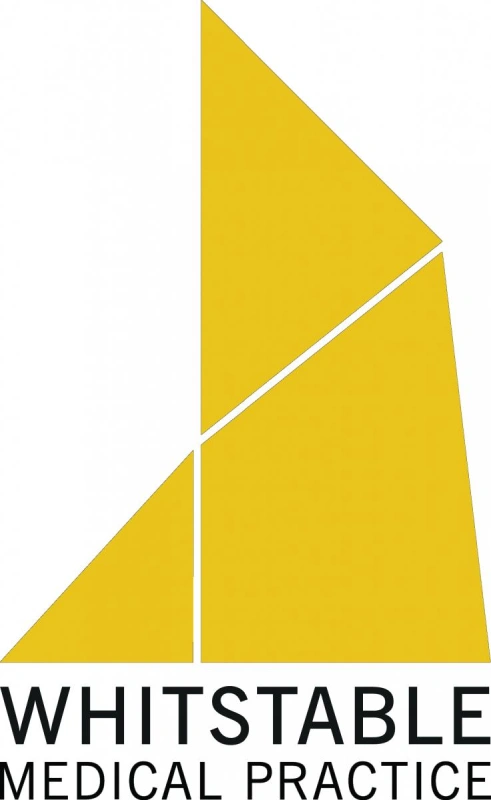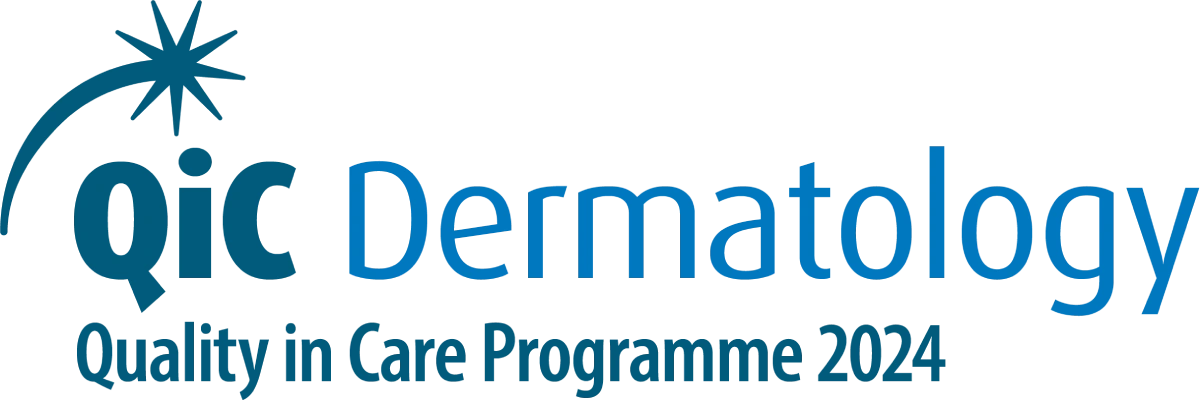We use cookies to help provide you with the best possible online experience.
By using this site, you agree that we may store and access cookies on your device. Cookie policy.
Cookie settings.
Functional Cookies
Functional Cookies are enabled by default at all times so that we can save your preferences for cookie settings and ensure site works and delivers best experience.
3rd Party Cookies
This website uses Google Analytics to collect anonymous information such as the number of visitors to the site, and the most popular pages.
Keeping this cookie enabled helps us to improve our website.
Segmentation and Patient Need Groups (PNGs)
You may notice a test result appear in your NHS app referring to Segmentation, PNGs or Johns Hopkins. Segmentation is a simple way in which we categorise patients based on their specific health needs.
It helps us as a practice understand the individual needs of our patients based on their health and wellbeing to support personalised care and ensures you get the right support in a timely way.
If you see this, don't worry. No action is needed from you.
Patient Need Groups (PNGs)
The Patient Need Groups (PNGs) help us understand how much care and support each patient is likely to need, based on their health conditions, how often they use healthcare, and how complex their needs are.
There are 11 groups in total, ranging from healthy people to those with very complex or serious health needs:
- Non-Users
- Low-Need Child
- Low-Need Adult
- Low Complexity Morbidity
- Medium Complexity Morbidity
- Pregnancy Low Complexity
- Pregnancy High Complexity
- Dominant Psychiatric Condition
- Dominant Major Chronic Condition
- Multi-Morbidity High Complexity
- Frailty
Knowing these groups helps explain why different patients might need different types or levels of care.
In order to help us tailor care according to individual patient need, we now have access to a tool that categorises our population into these 11 groups.
Low need
- 1Non-user
- 2Low need Child
- 3Low need Adult
- 4Low Complexity Morbidity
Medium need
- 5Medium Complexity Morbidity
- 6Pregnancy Low Complexity
- 7Pregnancy High Complexity
- 8Dominant Psychiatric Condition
- 9Dominant Major Chronic Condition
High need
- 10Multi-Morbidity High Complexity
- 11Frailty
What are the benefits of segmentation (PNGs)?
- Personalised Care. By understanding the needs of each group better, we can personalise care to those people. This means patients receive the specific type of care they need, whether it’s more frequent monitoring, specialised treatment, or preventive care.
- Resource Allocation. By using the best treatment for each group, it helps us make best use of our resources and staff. It also means we can direct people to the right place first time.
- Improved Coordination. PNGs help healthcare teams coordinate more effectively. If a patient has complex needs, the care team can work together to ensure all aspects of their health are addressed, from medication management to lifestyle support.
- Improved Health Outcomes. We can better identify those who need early interventions or tailored care plans. This leads to improved health outcomes, particularly for patients with chronic conditions.
- Preventative Care. We can identify people who may need treatment before issues occur. By preventing complications, we can keep people healthier for longer.
- Enhanced Communication. PNGs facilitate better communication between patients and healthcare providers. By understanding which group a patient falls into, together they can have clearer discussions about what to expect from the care they receive and what actions they can take to manage their health.
Do not be alarmed if you are in a higher or lower group than you might have expected.
- This will not be detrimental to the care you receive.
- There are many reasons which could explain why you fall within a certain group.
- If you are concerned and need to know more please contact us



